HANSIK Space E:eum (한식문화공간 이음)
667.7M 2025-06-16
18 Bukchon-ro, Jongno-gu, Seoul
HANSIK Space E:eum, located in Jongno, is a cultural space operated by the Korean Food Promotion Institute. It offers visitors an opportunity to delve into Korean cuisine through exhibitions, performances, educational programs, and a library.
Chadolbakhin Jjukkumi - Jongro Branch (차돌박힌쭈꾸미 종로)
671.1M 2021-03-19
47-1, Samil-daero 17-gil, Jongno-gu, Seoul
+82-2-2648-9163
You can eat jjukumi (webfoot octopus) with cheese fondue. The best menu at this restaurant is stir-fried webfoot octopus. This is a Korean cuisine located in Jongno, Seoul.
Gongpyeongdong Kkomjangeo (공평동꼼장어)
674.9M 2021-03-26
29, Ujeongguk-ro, Jongno-gu, Seoul
+82-2-738-1769
It is a place where you can eat in the atmosphere of a cart bar that is often featured in Korean dramas. The best menu at this restaurant is grilled sea eel. This Korean dishes restaurant is located in Jongno-gu, Seoul.
Machyomara (마쵸마라)
675.3M 2021-03-22
5, Jong-ro, 8-gil, Jongno-gu, Seoul
+82-2-737-8886
A place selling maratang (mala soup), which is popular among Koreans who like spicy food. The best menu at this restaurant is mala soup. This Chinese (cuisine) restaurant is located in Jongno-gu, Seoul.
Seoul Museum of Craft Art (SeMoCA) (서울공예박물관)
678.4M 2025-06-19
4 Yulgok-ro 3-gil, Jongno-gu, Seoul
The Seoul Museum of Craft Art (SeMoCA), the first public museum of craft art in Korea, opened its doors in Anguk-dong, Jongno-gu, in July 2021 after renovating five buildings of the former Pungmoon Girls’ High School. SeMoCA studies and shares not only works, but also information, records, people, and environment related to craft art with the goal of becoming a dynamic platform for experiencing the technical, practical, artistic, and cultural values of craft.
SeMoCA holds a collection that comprises various crafts and craft materials covering multiple fields and eras from the traditional to the present. SeMoCA also holds exhibitions that feature the history of craft from traditional to contemporary art as well as local and children’s crafts, along with programs that utilize the museum’s craft installations, craft archives, craft library, and craft resource management system.
The site of the museum has deep historical roots as it is also the Andong Secondary Palace Site, where a detached palace was constructed as a royal residence for King Sejong’s son Prince Yeongeung, and served as a venue for royal celebrations, such as the wedding of King Sunjong. The site is also at the center of Jongno-gu, where Joseon-era master artisans (“gyeonggongjang”) of the royal palace produced and delivered craft works.
Jongno Buldwaeji(종로불돼지)
679.0M 2020-11-19
67, Cheonggyecheon-ro, Jongno-gu, Seoul
+82-2-734-1190
A place that sells pork pre-grilled on briquette fire. The best menu at this restaurant is skin-on pork belly. This Korean dishes restaurant is located in Jongno-gu, Seoul.
Jongnojokppal (종로족빨)
679.0M 2021-03-22
22, Ujeongguk-ro, 2-gil, Jongno-gu, Seoul
+82-2-734-1222
A famous place for group dinners among workers in Jongno. This Korean dishes restaurant is located in Jongno-gu, Seoul. The most famous menu is braised pigs' feet.
RADOST (라도스트)
685.8M 2021-03-22
17, Ujeongguk-ro, 2-gil, Jongno-gu, Seoul
+82-2-734-8945
A restaurant frequented by office workers in Jongno after work. The best menu at this restaurant is deep-fried and braised boneless chicken. This Korean dishes restaurant is located in Jongno-gu, Seoul.
Seoul Public Hanok Week (공공한옥주간)
686.8M 2024-05-24
37 Gyedong-gil, Jongno-gu, Seoul
+82-2-741-1033
The Seoul Public Hanok Week offers a full week of traditional culture at public hanok, traditional Korean buildings, throughout Seoul and Bukchon Hanok Village. Experience the beauty, charm, and history of these buildings while learning about the eco-friendly impact of their construction and methods to apply this to our modern lives.
Public Hanok Night Out (공공한옥 밤마실)
686.8M 2025-06-10
37 Gyedong-gil, Jongno-gu, Seoul
+82-2-741-1033
Public Hanok Night Out is a special evening event that allows limited access to the nine public hanok buildings, including the Bukchon Culture Center, after sundown. The event is carefully prepared to make the hanok buildings accessible as much as possible. In addition, the event also offers a variety of programs to entertain the visitors. The event aims to raise awareness about embracing differences and diverse values during this time of ever-changing global society, as well as expand the the cultural values of hanok as something more unique.

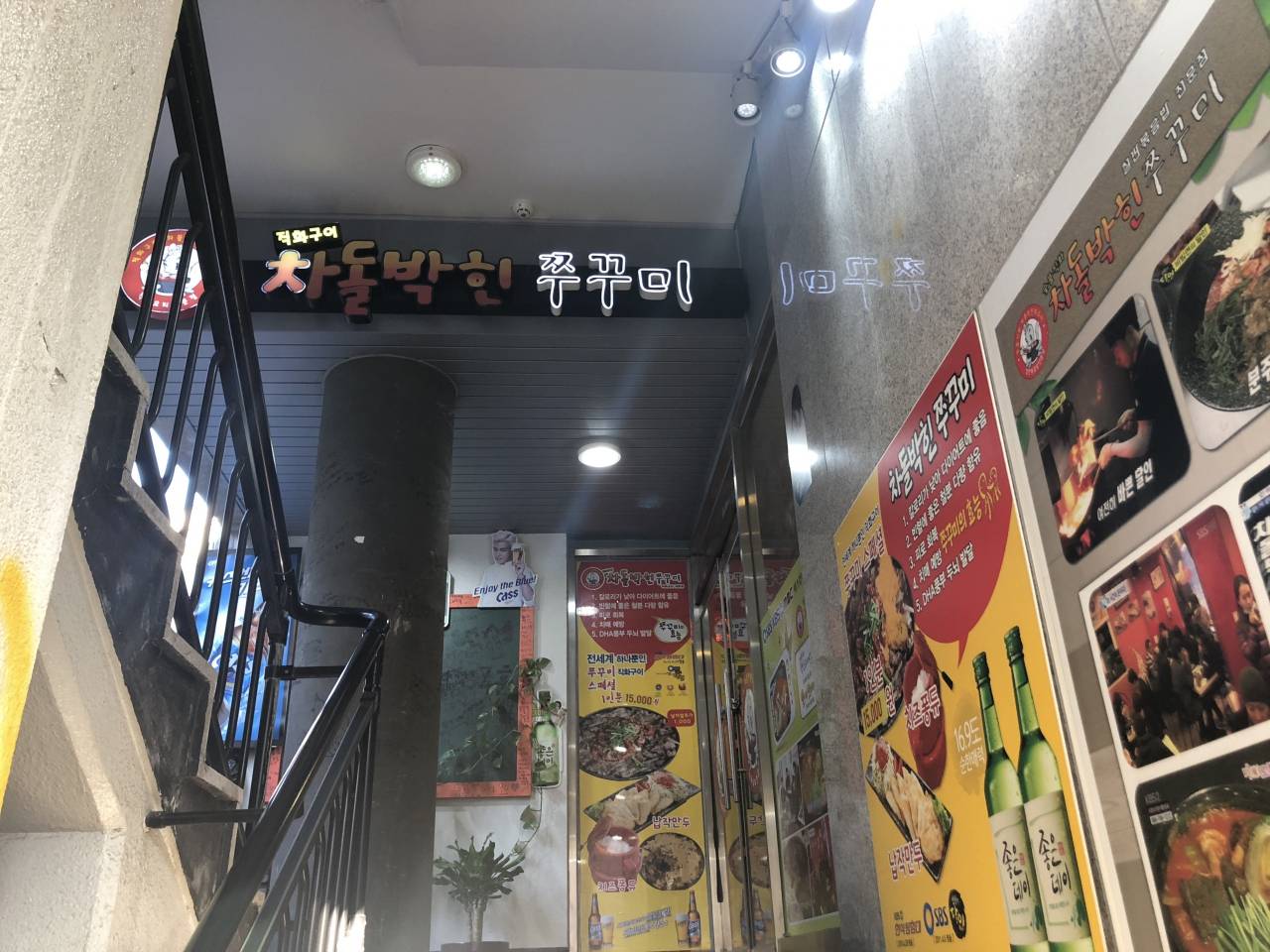
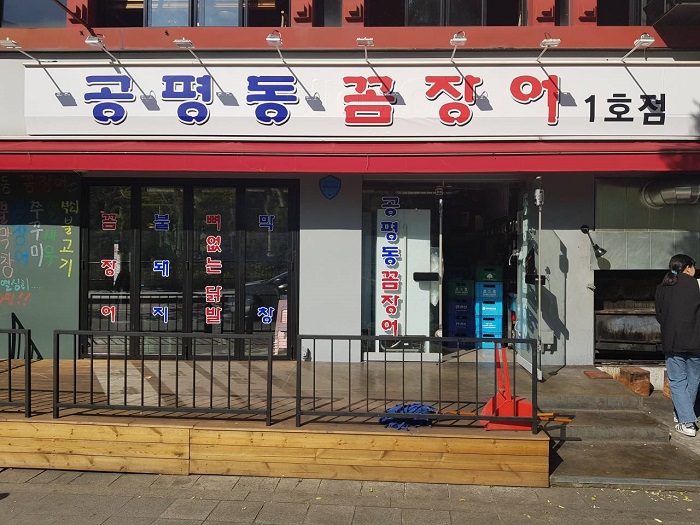
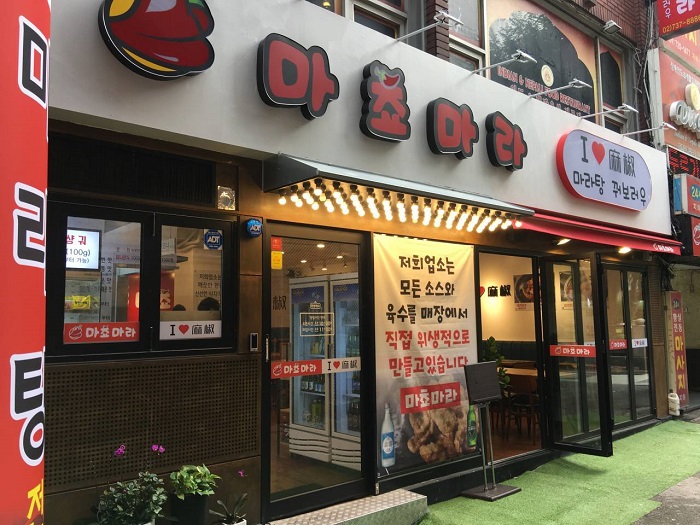
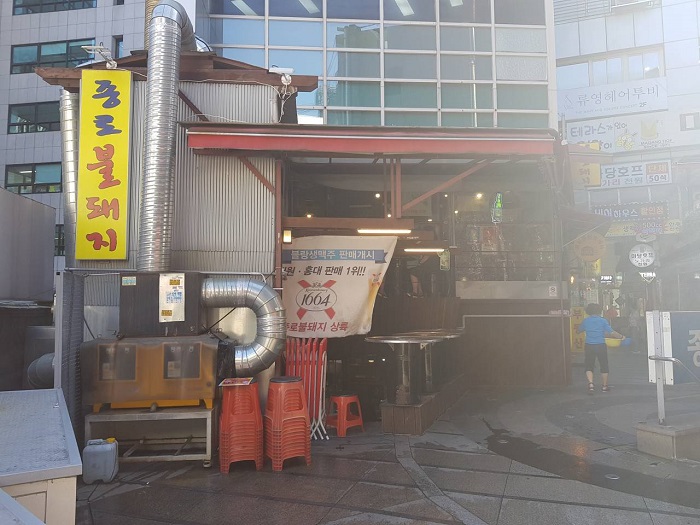
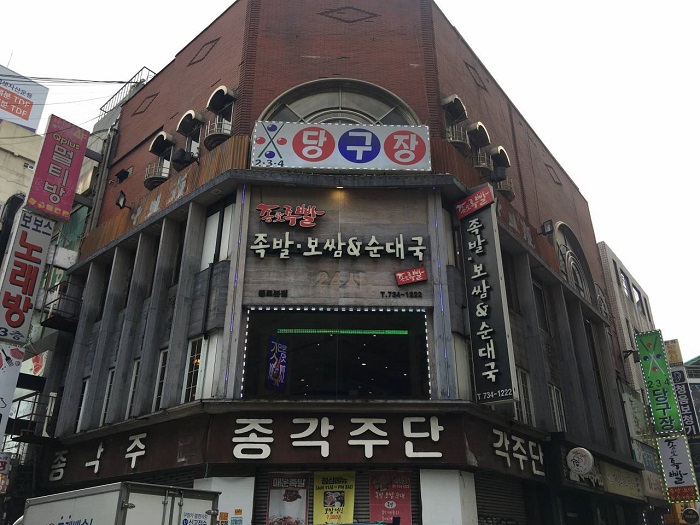
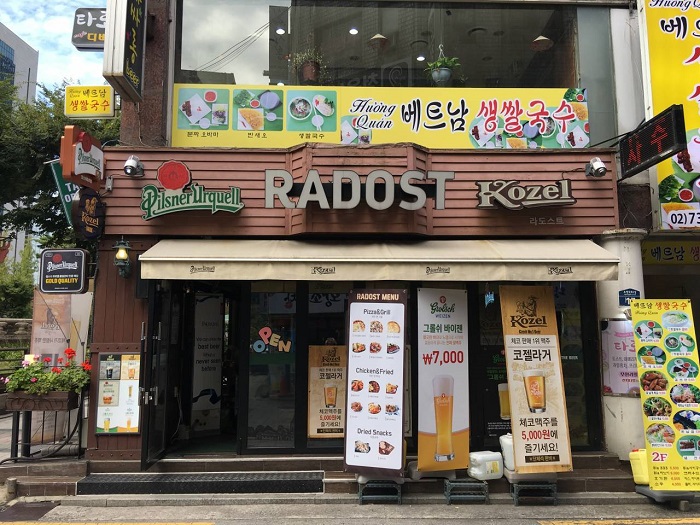
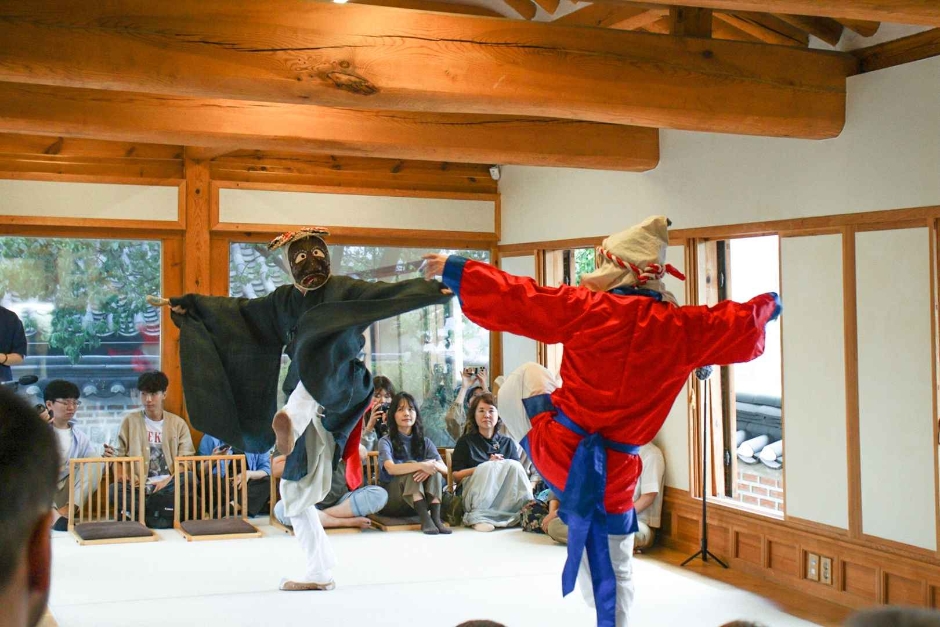
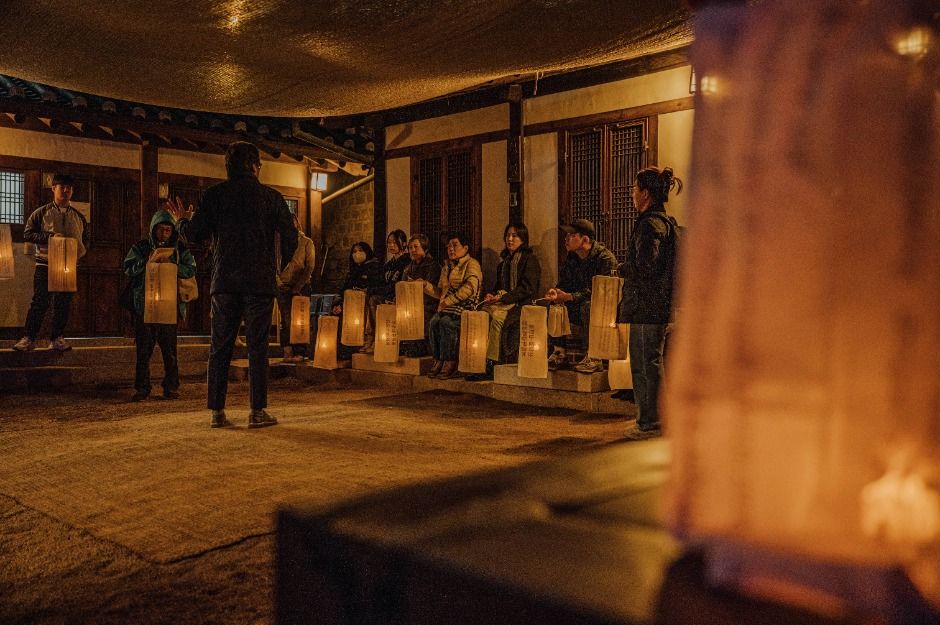
 English
English
 한국어
한국어 日本語
日本語 中文(简体)
中文(简体) Deutsch
Deutsch Français
Français Español
Español Русский
Русский